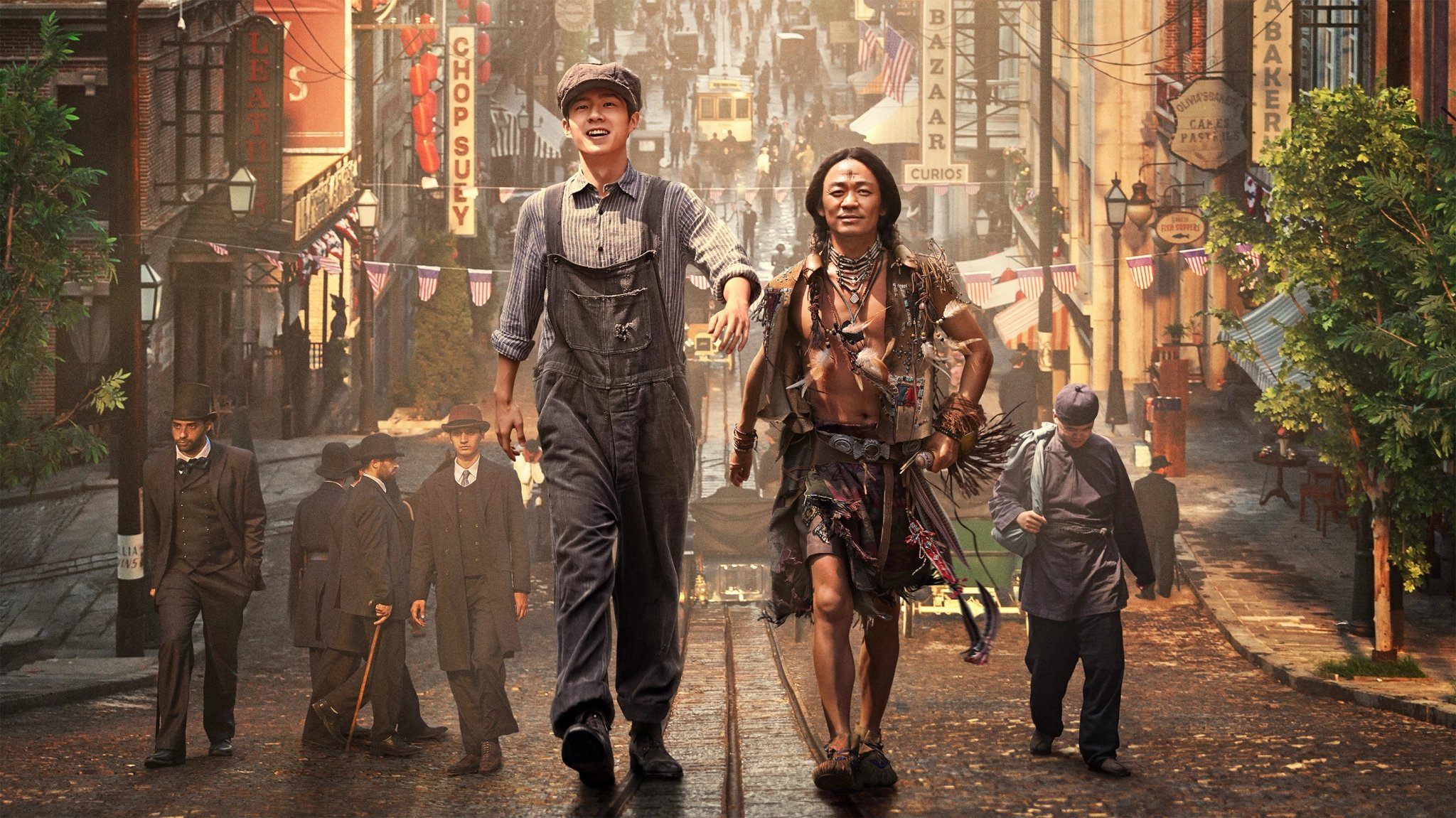Its face needs to be more symmetrical; its nose could be smaller; its philtrum should be shorter for a sweeter look: These are just a few suggestions that stuffed toy designer Xiaofanqie (meaning ‘Little Tomato’ in English) offers her clients while running her side business as a ‘cosmetic surgeon.’ However, Xiaofanqie’s scalpel never touches skin — the creative only ever works her magic on Disney toys.
While some might consider 1,034 followers a paltry sum, especially on China’s largest lifestyle platform Xiaohongshu, the 25-year-old’s craft is admittedly niche. Despite this, she gets a steady number of orders every month.
Every night after her day job, the young artisan ‘takes office’ at her well-lit desk at home. She carefully deliberates her next project while flipping through fabric swatches and sorting out her spools of thread.
“While working on these plushies, I tend to be slow. I need to constantly think and adjust stitches all the time to produce the best and cutest looks,” says the artist.

Since Disney’s Duffy and Friends franchise exploded in popularity in China (especially following the debut of sassy pink fox LinaBell), business has been brisk for ‘stuffed toy surgeons.’ The most popular viral post about the topic has 20,300 likes on Xiaohongshu.
Although most Disney fans love their toys just as they are, others wish their playthings were more in tune with their personal aesthetics. Enter ‘stuffed toy surgeons,’ who take online consultations before making tailored adjustments to their customers’ toys.
At first glance, the niche industry seems innocent enough. After all, there is nothing wrong with letting artisans exercise their creativity and breath more character into customers’ toys. But closer analysis shows that some customer requests, such as those pertaining to the golden ratio of beauty, reflect today’s narrow beauty standards.
Customizable ‘Babies’
It was slightly over a year ago when Xiaofanqie discovered her new side hobby. As a big fan of CookieAnn, a character from the Duffy and Friends universe, she decided to transform a CookieAnn pencil case into a stuffed toy.
The ‘surgery’ involved modifying the pencil case’s length, stuffing it with cotton, and adjusting its face. After hours of handiwork, she was satisfied with the results.

She was hit by another wave of inspiration at the start of this year.
One of CookieAnn’s cutest traits is raising her baguette-shaped ears while greeting her fans at Shanghai Disneyland. So Xiaofanqie asked herself, “What if I integrated that in a plushie to highlight her nickname, the ‘flying baguette’?”
In her first experiment, the plushie’s ears moved upwards if you pressed its belly. A later modification involved moving the airbags to the stuffed toy’s paws.

Xiaofanqie’s successful project received a great deal of attention online and paved the way for her current business, which boasts a loyal client base.
The creator connects with her clients via a WeChat group, which serves as a discussion room and community base for fans of Duffy and Friends. Some of Xiaofanqie’s clients are big on dressing their “babies” up, photographing them in various poses outdoors, and sharing their pictures in said group chat.

One such fan is Wen Xian, who has been active in the group for over two months. According to Wen, seeing the toys dressed in cute outfits is heartwarming and makes her feel more connected to the Disney characters.
“People [in the WeChat group] share the cutest version of their babies. It’s my pleasure to witness these moments,” she says.

Shanghai-based Cici (alias) also started her business this year. While she didn’t expect to turn her hobby into a job, Cici received around 60 requests after posting a transformation video of her own plushie.
These days, she accepts a maximum of 30 orders per month, charges her customers approximately 300 RMB (44.8 USD) each, and spends four to five hours on every toy.
Like many Duffy and Friends enthusiasts, she was drawn into the customization business as it gives her a sense of fulfillment.
“I can truly feel my clients’ joy when I send pictures to them, and I feel I’ve accomplished something real,” she says.
Narrow Beauty Standards
Despite the joy that customization brings to some, others are against altering toys to have more ‘likable’ faces.
What does it say when a country’s toy makeover market echoes modern beauty standards? Is it any coincidence that toy modifications often mirror surgical procedures such as eye enlargements, face-lifts, and nose narrowing?
In 2020 alone, more than a million plastic surgeries were carried out in China; females under the age of 30 years old made up the majority of the patients.
As Anett Dippner, a sociology researcher and the author of Miss Perfect, discovered in her 2018 study, the beauty economy in China primarily revolves around the wanghong or ‘internet fame’ economy, a lucrative industry that champions the equalization of beauty.
Though China is experiencing more and more pushback against beauty anxiety and body shaming, certain physical traits — such as big doe-like eyes, pointed chins, and light skin tones — are still celebrated, particularly in the entertainment industry.
Many Disney fans have openly expressed their disapproval of the over-customization of plushies’ facial features.
“I don’t get those looks with bigger, glittery eyes, added tongues or crying faces. Personally, I find them weird. I just like slightly adjusting the original face,” shared one fan on Xiaohongshu.
“The mainstream preferences for Linabell makeovers involve bigger eyes, smaller mouths, and more blush, but I prefer the face of the characters at Disneyland. That’s why I chose [the face of my toy] that was most similar to the character,” said another.

Even ‘stuffed toy surgeons’ such as Cici and Xiaofanqie are wary of extreme makeovers.
“People have different aesthetics, and it’s important to understand an artisan’s intentions during a makeover. Some artisans make drastic edits just to accommodate market demand. Personally, I think makeovers are okay if they don’t involve too much change,” says Cici.
Although Xiaofanqie still transforms toys’ faces for her clients, something shifted inside her after holding a CookieAnn toy on a recent visit to Disneyland. Since then, she has changed her mind about heavily edited features.
“[The original CookieAnn] is too adorable to be changed. Now, I’m into the original face too,” says the creative.
Cover image courtesy of Xiaofanqie




























